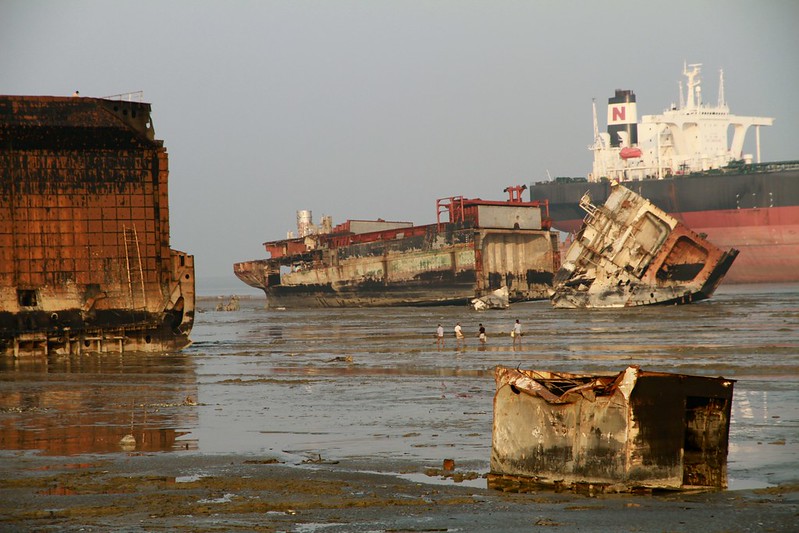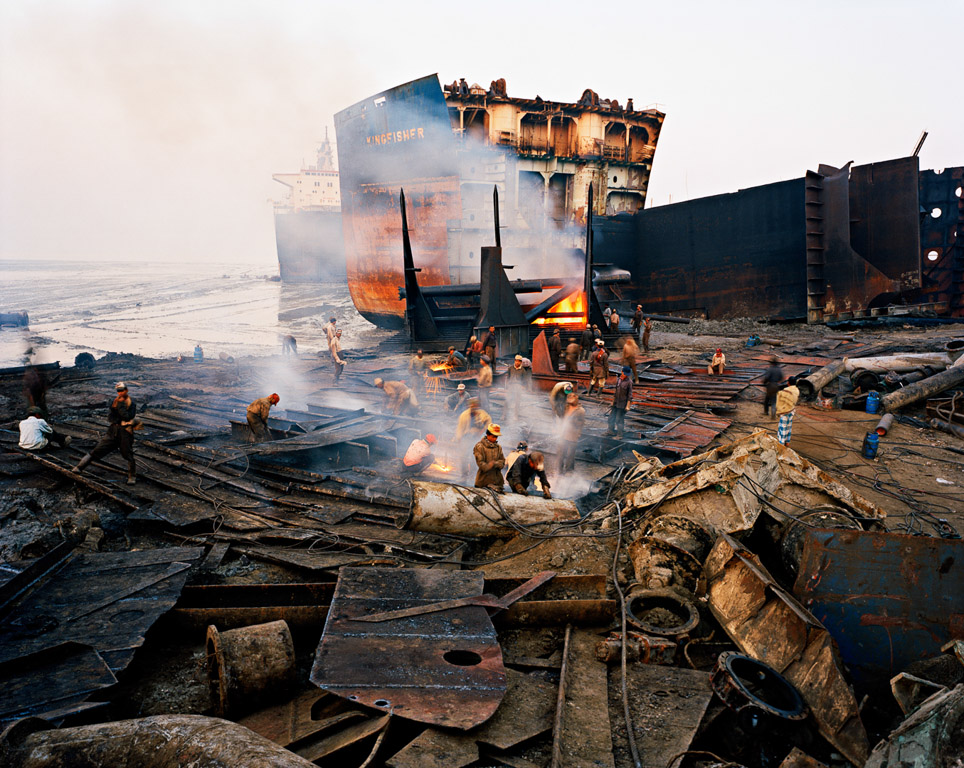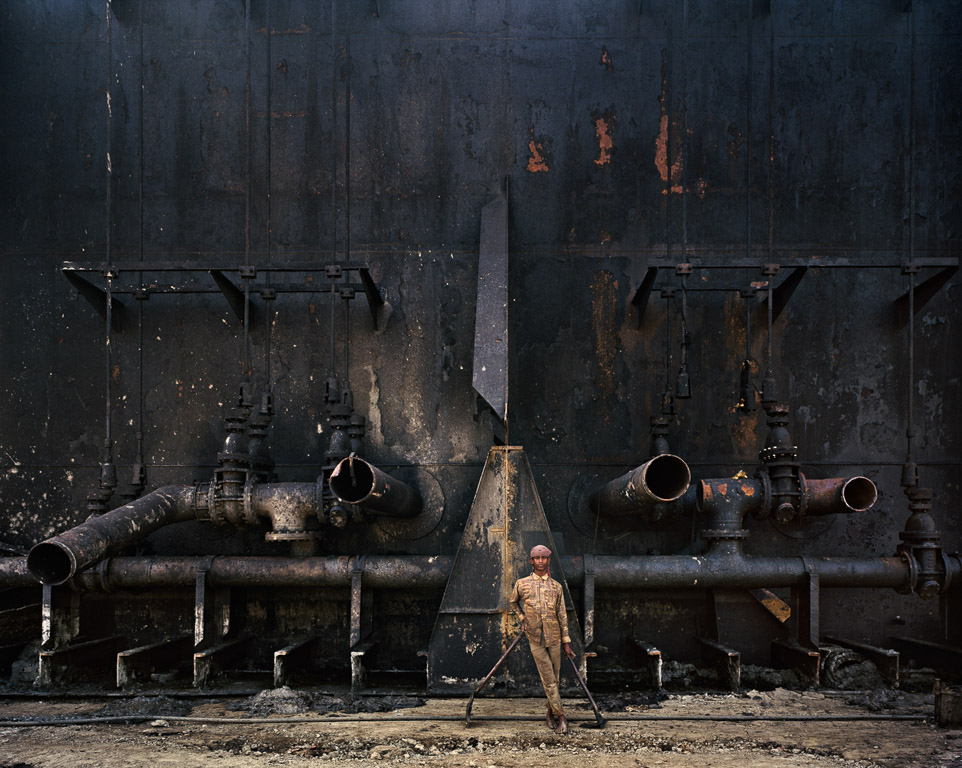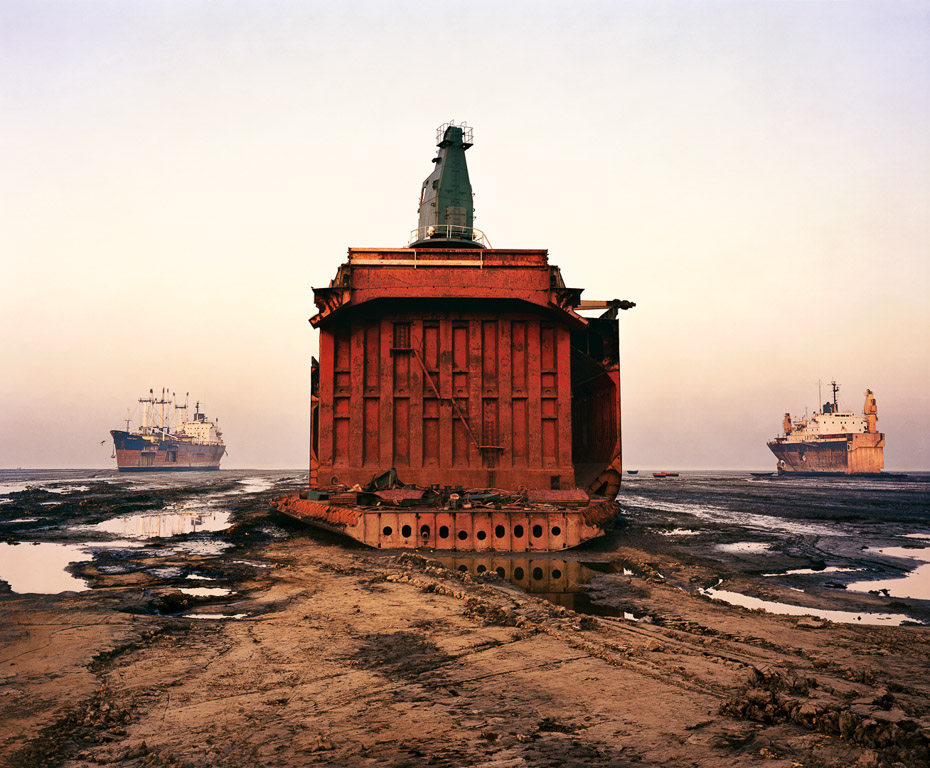BANGLADESH
Cemetery for Ships
By Chadd McGlone
Chapel Hill, NC, United States
Situated along the Bay of Bengal, Chittagong, Bangladesh, is one of the ten fastest growing cities in the world. Its population has more than doubled in the past twenty years. The second largest city and the largest seaport of the world’s poorest country, Chittagong is the maritime gateway for the country. Visitors to Chittagong see the population’s intimate relationship with the Indian Ocean, nearby lakes, and the Kamaphuli River.
Chittagong is where Bangladesh meets the Indian Ocean. Many of the country’s oldest and largest companies are located there, and it even has its own stock exchange. It is the center of the country’s shipbuilding, automotive, steel, and petroleum industries. Bangladeshi tourists visit the nearby seaside town of Cox’s Bazar for weekend trips.
Final Port of Call
A visitor to Chittagong would almost certainly notice an unbelievable amount of abandoned ships near shore and all along the Kamaphuli River. These hulls confirm that one of the top industries in Chittagong is shipbreaking. Retired ships of 25 to 30 years old are left by their owners to be disassembled.
Nearly 97 percent of each ship’s components are recycled in various ways. For example, steel structures are melted down for reuse, and valuable metals such as copper can be extracted. Each shipyard can make as much as 1 million US dollars in profit per year.
Unfortunately, there is a darker side to the shipbreaking industry. Because of poverty in the region, adult men and boys as young as 12 years old work long hours dismantling ships by hand. Paid as little as five US dollars per day, they are allowed to sleep in the ships.
Breaking a ship is a dangerous job. Several people each month are killed falling off of the ships, hit by pieces of steel, or trapped in air-tight compartments. Finally, workers’ health suffers from exposure to the hazardous substances left behind on the beaches. Three percent of every ship is non-recyclable material such as asbestos.
Photo credit: Edward Burtynsky
Tourism
Further away from the city, a traveler might also visit one of the nearby attractions for weekend getaways. For example, the natural, deep-water Boga Lake is located in the mountainous Bandarban district. Scientists believe the lake was formed by rainwater collected in an ancient volcanic crater almost 2,000 years ago, but locals tell another story.
According to legend, the lake was formed when residents in the Khumi village killed and ate a deity who reappeared in the form of a dragon. At that moment, an earthquake caused the village to collapse, forming the Boga Lake. You are welcome to visit the lake to enjoy its scenic views, but watch out for the dragon!
Have a suggestion for this story? We’d love for you to submit it!


Blank
Blank
Slideshow
Are you a teacher who’s interested in telling this story to your students? Here’s a slideshow you can use to get started.
Math Resources
Learning Activities:
- Grade 4: Multiplication and Division (4.NBT.5)
- Grades 7–10: Simplifying Fractions
Sample Problems:
- In 2007, the population in millions of Chittagong was 3.5 (1 + 0.044)7. What was the population in 2005? What was the population in 2000?
- In 2035, if Chittagong continues to grow at the same rate it grew in 2024, about 2.49 percent, the population of Chittagong in millions will be 5.5 (1 + 0.025)11. Write a division expression to show the population four years earlier. Rewrite your expression with a single exponent.
- Why are the starting values different in #1 and #2? Can they both be accurate? Why?
Social Justice Question
This story highlights a significant issue in the developing world: jobs with health and safety risks. If you owned one of these shipbreaking companies, how would you handle this dilemma?
Explore Further
- News video on ship-breaking
- Video of a large ship driving itself onto land
- National Geographic story on ship-breaking
- More information about the dangers of this job
- Views of Boga Lake
Share Your Story
Write your own Global Math Story and send it to us!





Sorry, the comment form is closed at this time.